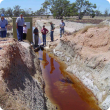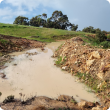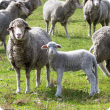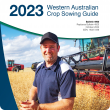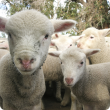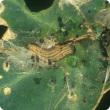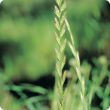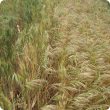Filter by regions:
- (-) Remove Wheatbelt filter Wheatbelt
- Great Southern (896) Apply Great Southern filter
- South West (841) Apply South West filter
- Mid West (818) Apply Mid West filter
- Goldfields-Esperance (770) Apply Goldfields-Esperance filter
- Peel (708) Apply Peel filter
- Perth regions (573) Apply Perth regions filter
- Gascoyne (507) Apply Gascoyne filter
- Pilbara (467) Apply Pilbara filter
- Kimberley (455) Apply Kimberley filter

